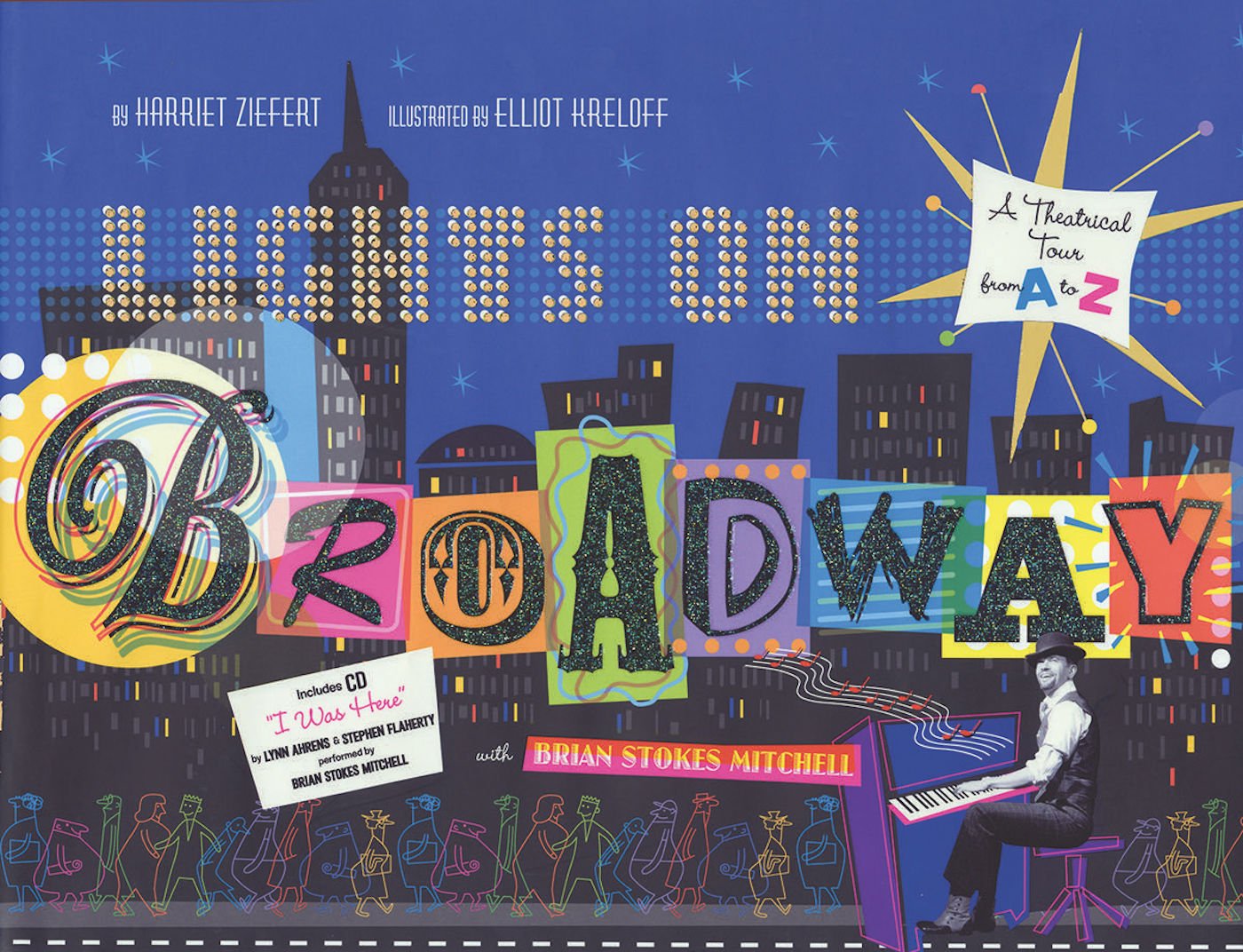Lesson 2: Learning “Somewhere”
Aim: How can we explore our emotions through musical expression?
Summary: Students learn to sing “Somewhere” expressively while understanding how music can convey their feelings.
Materials: Musical Explorers CD or online audio, scissors, markers or crayons,
popsicle sticks (optional)
Time Required: 30 minutes (three 10-minute activities)
Standards: GA: ESGMK-2.CR.3; ESGMK-2.PR.1; ESGMK-2.RE.1; ESGMK-2.RE.2; ESGMK-2.CN.1; ESGMK-2.CN.2
SC: MGK-2.1, MGK-2.4, MGK-2.5, MGK-2.6
Vocabulary: character, emotion
Sing “Somewhere”
- Warm up your students’ voices and bodies using the warm-ups.
- Listen to “Somewhere,” Track 20. Sing along with the first part of the song, Track 21.
- Invite students to describe what they hear in the music (e.g., a female voice, slow, soft then loud).
- Explain that “Somewhere” comes from the musical West Side Story. West Side Story is about two gangs called the Jets and the Sharks. The Jets and Sharks are rivals, which means that they hate one another and fight all the time. Tony, who is in the Jets, falls in love with Maria, whose brother is in the Sharks.
- Listen again to “Somewhere” and encourage your students to sing or hum along.
Explore Emotions Through Music
- In musical theater, the people in the story are called characters. When J.J. sings “Somewhere,” she is playing a character.
- Listen to “Somewhere.” Ask students to describe the emotions, or feelings, her character might be experiencing when she sings this song.
- Why do you think this character is singing this song?
- This character is describing a special place. What do you think this place looks like? Who belongs in this place?
- Brainstorm a list of the ways music can make us feel. Discuss the list with students.
- Using SG32, ask students to color each face and cut it out. Attach to popsicle sticks (optional). Ask students to create their own faces or movements to go with “scared,” “happy,” “angry,” “sad,”“surprised,” and “silly.”
- Play music of your own choosing that exhibits these emotions and ask students to hold up the face that matched how they feel when they hear the music. Any style of music can be used!
- Additional movement activity: students can use scarves as manipulatives to move to the music and respond expressively by acting out their emotions.
Writing About Emotions
- Using SG33, select music of your choice for a student written response.
- Ask the students to listen to the music and write at least five words for the way the music made them feel. Depending on the grade level, students can write a sentence or a paragraph using their words.
Creative Extension: Create Your Own Musical
As a class, choose a story and act it out. Incorporate music with real or homemade instruments. Suggested stories: Hansel & Gretel, Little Red Riding Hood, Three Little Pigs, Rapunzel, Johnny Appleseed, and Rumplestiltskin.
 Literacy Extension: Lights on Broadway: A Theatrical Tour from A to Z by Harriet Ziefert
Literacy Extension: Lights on Broadway: A Theatrical Tour from A to Z by Harriet Ziefert
An illustrated introduction to the world of Broadway, with vocabulary words ranging from “audition” to “understudy.”
Musical Word Wall
Add the words character and emotion to the Musical Word Wall.
PDF Downloads
SG32 ↓ Download File
SG33 ↓ Download File
Musical Explorers Audio Tracks
